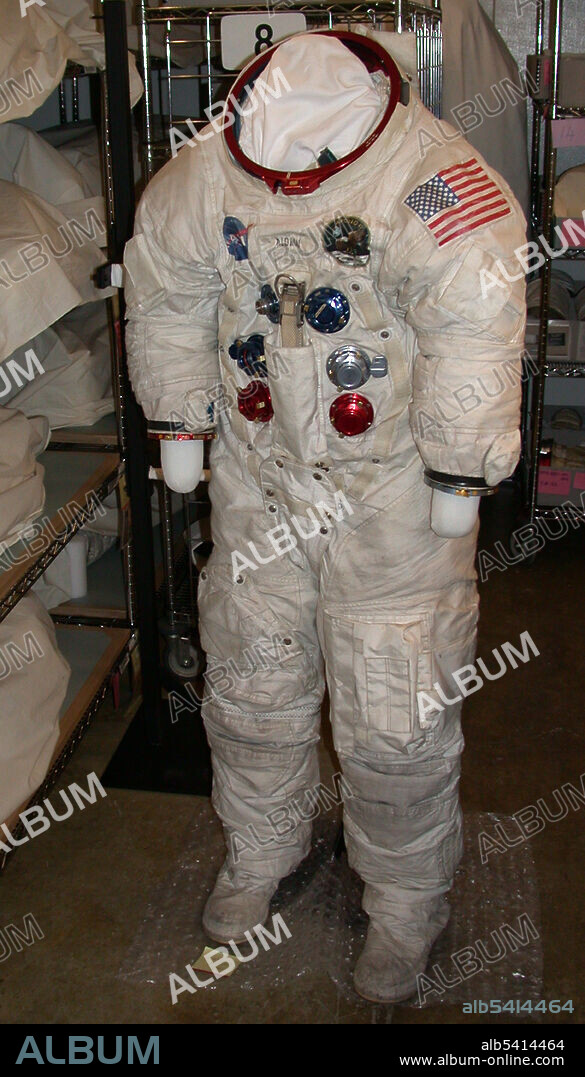alb5414464
Apollo 11, Buzz Aldrin Post-Flight Suit,1969

|
Añadir a otro lightbox |
|
Añadir a otro lightbox |



¿Ya tienes cuenta? Iniciar sesión
¿No tienes cuenta? Regístrate
Compra esta imagen.
Selecciona el uso:

Título:
Apollo 11, Buzz Aldrin Post-Flight Suit,1969
Descripción:
Ver traducción automática
The names for both the Apollo and Skylab spacesuits were Extravehicular Mobility Unit (EMU). Apollo 11 made the A7L the most iconic suit of the program. and became the primary pressure suit worn by NASA astronauts for Project Apollo. On July 20, 1969, the Apollo 11 EMUs were prominent in television coverage of the first lunar landing. The basic design of the A7L suit was a one piece, five-layer torso-limb suit with convoluted joints made of synthetic and natural rubber at the shoulders, elbows, wrist, hips, ankle, and knee joints. A shoulder cable/conduit assembly allowed the suit’s shoulder to move forward, backwards, up, or down with user movements. Quick disconnects at the neck and forearms allowed for the connection of the pressure gloves and the famous Apollo fishbowl helmet adopted by NASA as it allowed an unrestricted view. A cover layer, which was designed to be fireproof after the deadly Apollo 1 fire, was attached to the pressure garment assembly and was removable for repairs and inspection. All A7L suits featured a vertical zipper from the helmet disconnect (neck ring), down the back, and around the crotch.
Crédito:
Album / NASA/Science Source
Autorizaciones:
Modelo: No - Propiedad: No
¿Preguntas relacionadas con los derechos?
¿Preguntas relacionadas con los derechos?
Tamaño imagen:
2826 x 4950 px | 40.0 MB
Tamaño impresión:
23.9 x 41.9 cm | 9.4 x 16.5 in (300 dpi)
Palabras clave:
AMERICA • BUZZ ALDRIN • CIENCIA • ESTADOS UNIDOS DE AMERICA • FAMOSA • FAMOSO • HISTORIA • ICON • ICONO • NASA • PROGRAMA ESPACIAL • S. XX • SIGLO XX
 Pinterest
Pinterest Twitter
Twitter Facebook
Facebook Copiar enlace
Copiar enlace Email
Email
